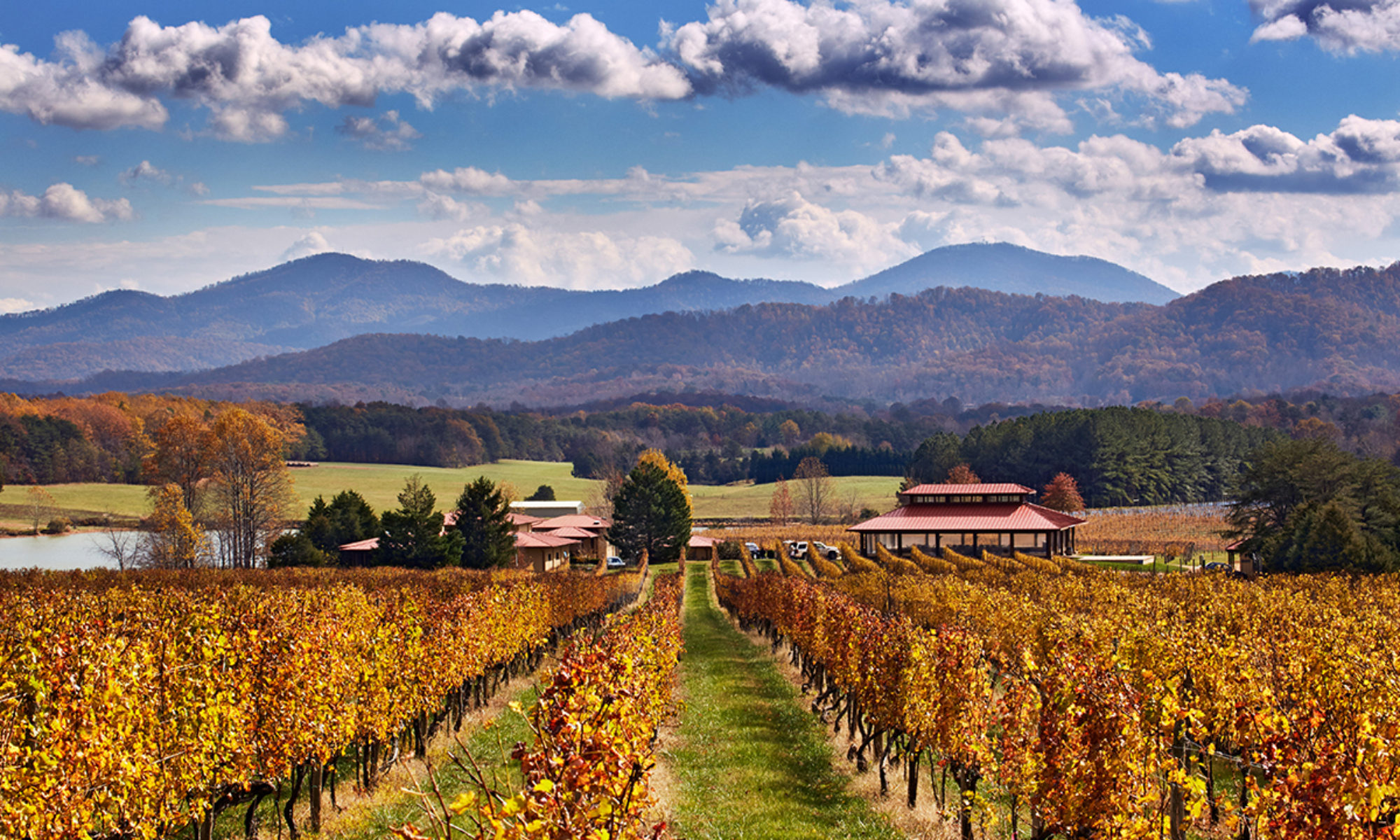Third Hill Vineyards
In Quicksburg, Virginia, just off of exit 269 on Interstate 81 in the Shenandoah Valley. Recently opened (in 2016) by Edward and Wendy DeMello, currently bottling wine using grapes from other Virginia vineyards while their grapes mature. They moved here from California after retirement, though Wendy is originally from the Mid-Atlantic. Ed designed the winery. The vineyard is named after nearby Third Hill, which was used as a Civil War signal station.
Wine. Tier III. As of early 2023, available whites are Riesling, Vidal Blanc and Chardonel, and reds are Chambourcin, Cabernet Franc, “Petite Pearl” and Petit Verdot.
Setting. There are great views from deck and the grounds of the vines and Shenandoah Mountains. Large and attractive tasting room. Owners very hospitable. Cheese plates available.
Stories. Medieval Virginia: A Late Woodland Period palisaded village. The Late Woodland Period – the North American equivalent of Europe’s Middle Ages, lasted from AD 900 until 1650. It was a time when Native American societies, including in Virginia, underwent important social and cultural transformations. It traditionally has been dated from the supposed widespread adoption of maize agriculture. During this period scattered populations consolidated into large villages and towns, occasionally fortified; they also built burial mounds or large burial pits, and developed into some of the most socially and politically complex groups on the Atlantic Coast. Along the north and south forks of the Shenandoah River and the Potomac River, as well as in southwestern Virginia, Indian families joined together to live in compact, planned communities that often consisted of dome-shaped houses placed in a larger circle around a common plaza. These ring-shaped settlements were often surrounded by a palisade—a wall of upright wooden posts. The palisade protected villagers from their enemies and from wild animal predators such as bears, but also helped give villagers a sense of identity as a community. Palisaded villages seem to date largely after AD 1200. Explored in 1944, and again in 2003-2009, the Keyser Farm site near Luray along the South Fork of the Shenandoah River, is one of the few such villages in Virginia to have been researched. Archaeologists have found there three major types of pottery wares — crushed quartz–tempered, limestone-tempered, and shell-tempered, indicating likely occupation of the site by successive different groups. The site has given its name to a cultural sub-group during the Late Woodland period.
